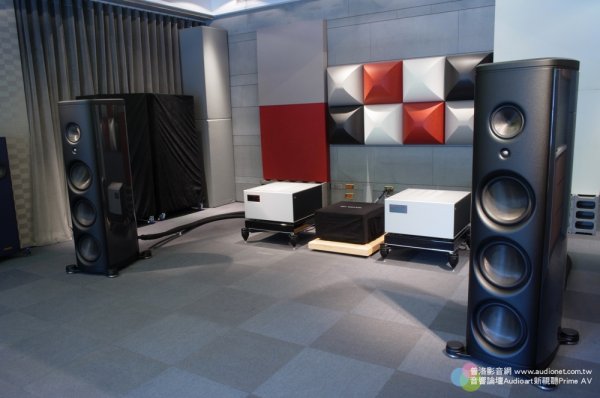MadFloyd,
That is great news!!! I am really happy for you...you have worked incredibly hard on your prior two setups...if not even further back than that. It is nice to see when a well conceived design just works so well. I can imagine that further removal of distortion as you have described it has been a great thing in a system that is already probably exceptional in this regard already given your attention to detail.
As for explosive dynamics, i would guess two things for the moment. One, wait...you are still experiencing improvements. Two, speakers that are effortless and lack distortion sometimes lack what APPEARS to be explosive...until perhaps (at least in my case) one realizes the extra bit of 'explosion' in certain notes might actually have been a teeny bit of distortion attached to the end of a few extreme notes...and when the speaker does not distort that infinitely small bit, it seems to 'lack' explosiveness. But GO BACK to the other speakers, and you might just find that in truth, all the 'real explosion' is there, and the distorted bit is gone.
Hey, just a random guess based on my own personal experience where i thought i knew the difference between explosive and a touch of added distortion, and it turned out the improvements brought what at first appeared to be a 'calmer' explosion/transient...but in fact going back made me realize the older setup just had a bit of distortion. This is on my same exact system...no changes other than adding vibration control, damping, or rfi/emi shielding.
In all, a great report and hope you continue to enjoy every day...congrats. a Big congrats.
That is great news!!! I am really happy for you...you have worked incredibly hard on your prior two setups...if not even further back than that. It is nice to see when a well conceived design just works so well. I can imagine that further removal of distortion as you have described it has been a great thing in a system that is already probably exceptional in this regard already given your attention to detail.
As for explosive dynamics, i would guess two things for the moment. One, wait...you are still experiencing improvements. Two, speakers that are effortless and lack distortion sometimes lack what APPEARS to be explosive...until perhaps (at least in my case) one realizes the extra bit of 'explosion' in certain notes might actually have been a teeny bit of distortion attached to the end of a few extreme notes...and when the speaker does not distort that infinitely small bit, it seems to 'lack' explosiveness. But GO BACK to the other speakers, and you might just find that in truth, all the 'real explosion' is there, and the distorted bit is gone.
Hey, just a random guess based on my own personal experience where i thought i knew the difference between explosive and a touch of added distortion, and it turned out the improvements brought what at first appeared to be a 'calmer' explosion/transient...but in fact going back made me realize the older setup just had a bit of distortion. This is on my same exact system...no changes other than adding vibration control, damping, or rfi/emi shielding.
In all, a great report and hope you continue to enjoy every day...congrats. a Big congrats.
Last edited:


